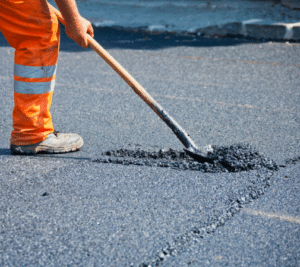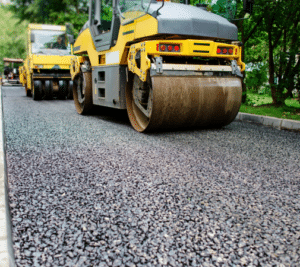Are you planning a construction project and trying to decide between dry pour and wet mix concrete? The type of concrete you choose can significantly impact the outcome of your project, so it’s essential to understand the differences between the two.
While dry pour concrete has been a popular choice for many years, wet mix concrete offers several advantages that may make it a better option for your project. By comparing the two methods, you can make an informed decision that will ensure the success of your construction project.
This article will explore the differences between dry pour and wet mix concrete, including their composition, application process, and overall performance. By understanding the pros and cons of each method, you’ll be able to choose the right type of concrete for your specific project needs.
What is Dry Pour Concrete?
Dry pour concrete, also known as dry-mix concrete, is a type of concrete that does not require any mixing with water before it is used. Instead, the cement and other dry ingredients are combined in a large container. This type of concrete is an ideal solution for jobs where access to water is limited or difficult. It can be used in various applications, including floor slabs, footings, walls, and columns.
What is Wet Mix Concrete?
Wet mix concrete is a type of concrete that requires the use of water during its preparation. This type of concrete is mixed with water before use and often requires an additional chemical (such as admix) to be added to achieve the desired properties. The wet mix concrete is usually used in foundations, walls, and slabs.
Comparison
The main difference between dry pour and wet mix concrete is the water used during preparation. Dry pour concrete does not require any water, while wet-mix concrete does. In addition, dry pour concrete is easier to prepare since it is unnecessary to mix it with water. On the other hand, wet mix concrete is more versatile since it can be customized with admixes to achieve different properties. Finally, dry pour concrete is usually used for smaller projects such as floor slabs and footings, while wet mix concrete is better suited for larger projects such as foundations and walls.
When it comes to installation, dry pour concrete is generally faster since there is no need for preparation. On the other hand, wet-mixed concrete requires more time since it must be mixed with water before use. Furthermore, dry pour concrete is generally cheaper than wet mix due to its lack of water requirement. Additionally, dry pour concrete usually has a shorter curing time, while wet mix concrete takes more time to cure.
The durability and strength of both dry pour and wet mix concrete depend on the quality of the materials used. Dry pour concrete is typically more resistant to weathering and temperature changes due to its lack of water content, while wet mix concrete may be more prone to cracking over time. Additionally, dry poured concrete is less likely to settle or shrink, while wet mix concrete can settle or shrink if not adequately mixed.
Overall, dry pour and wet mix concrete have advantages and disadvantages. Dry pour concrete is more accessible to prepare and install, while wet mix concrete can be customized with admixes to achieve different properties. Additionally, dry pour concrete is generally more resistant to weathering and temperature changes than wet mix concrete. Ultimately, the type of concrete used depends on the project’s needs and budget.
Should I Choose Wet Or Dry Pour Concrete For My Project?
When choosing the suitable concrete for your project, it’s essential to consider the advantages and disadvantages of dry and wet-pour concrete. Dry pour concrete is ideal for smaller projects like sidewalks or patios because it can be poured quickly and easily into place without needing water. However, wet mix concrete is more versatile and can be customized with admixes to achieve different properties. Additionally, wet mix concrete typically has a longer curing time and is better suited for larger projects such as foundations or walls. Ultimately, the type of concrete you choose will depend on your project’s needs and budget.
In conclusion, the debate between dry pour and wet mix concrete will likely continue. Each has its advantages and disadvantages depending on the situation and purpose. Dry pour concrete is generally more cost-effective, quicker, and easier to use than wet mix concrete when smaller jobs are involved. On the other hand, wet mix concrete provides better strength and durability in larger projects and can be customized with admixes to achieve different properties. Contact us at Saguaro Asphalt today to discuss the best option for your project!



